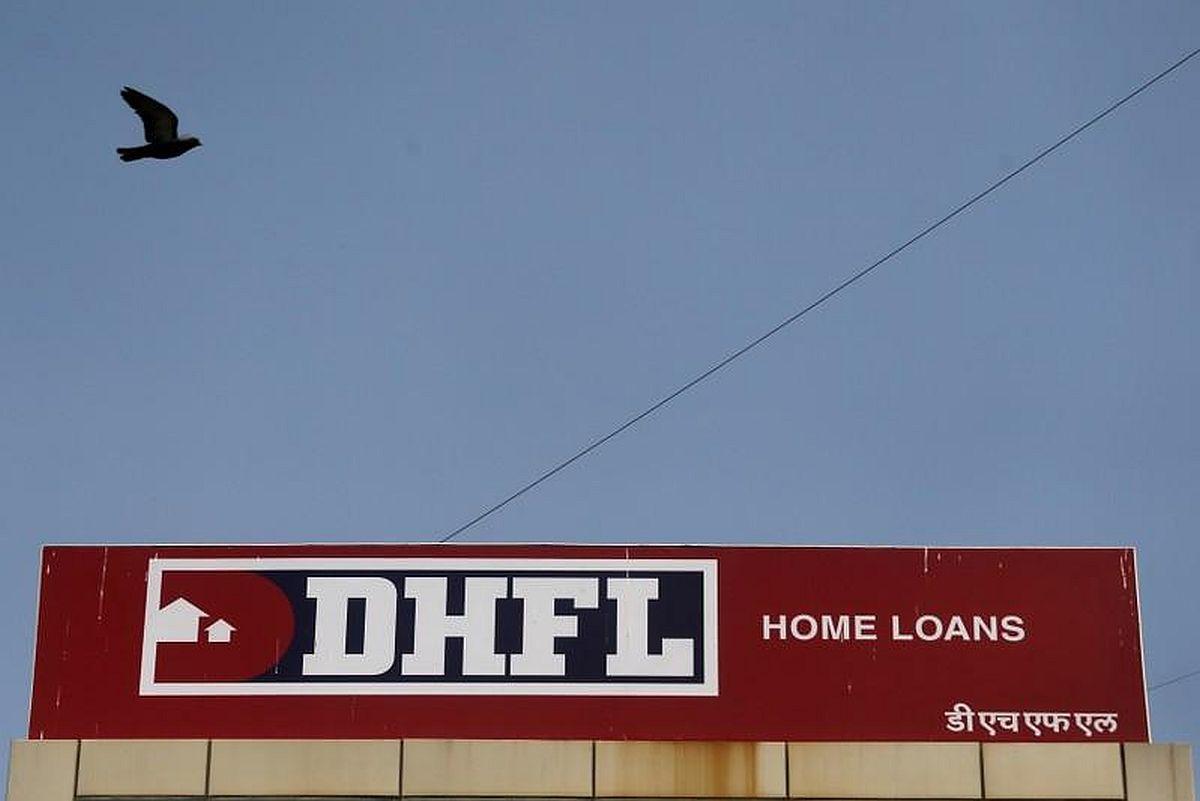It has charted an ambitious target. Japanese premium sports goods giant Asics — which sells 75 per cent of its shoes in the country at over Rs 12,000 a pair — wants to be the No. 1 running shoe player in the $90-a-pair organised market in India, currently dominated by Nike, Adidas and Puma.

Photograph: Courtesy, Asics
To do so, it is making an aggressive push into Tier-II and Tier-III cities, where customers are ready to lap them up — as well as setting up company-owned stores in four to five locations across key metros.
Says Rajat Khurana, managing director of Asics India: “We are currently the No. 4 player in the market for running shoes priced at $90 and above, which accounts for 60 per cent of our business.
“In the next four to five years, we will be the No. 1 player in this segment.
“Competition has the advantage of being in India longer, with higher volumes.
“But we are already quite close to crossing No. 3.”
Khurana also adds that 60 per cent of the 30 new stores being set up this calendar year will be in Tier-II and Tier-III cities.
In five years, the aim is to have 300 stores (from 115 last year), of which 40 per cent will be located in these cities.
It has carved out a product and pricing strategy for every city based on its market potential.
In Tier-I cities, the average price point is Rs 9,500–10,000, while it drops to Rs 8,000–8,500 in Tier-II and Tier-III cities.
But there are market variations: in Chandigarh, for instance, the average price is the same as in Tier-I, going up to Rs 22,000; but in Kanpur, the entry price is around Rs 6,000, going up to only Rs 17,000.
The other plank of its strategy is manufacturing.
It already makes around 30 per cent of its footwear (and some clothing) in India through vendors, but average localisation is currently 15–20 per cent.
The eventual plan is to export.
“This year, we are going to manufacture 900,000 pairs, including completely knocked-downs, in India.
“We are going to increase localisation — it reduces costs and we can pass that on to customers, lead times reduce, and we save on import costs.
“Our next plan is to make India a global hub for exports.”
But he cautions that the cost of production in India is still higher than in other countries where they manufacture — like China, Vietnam and Cambodia — because of their large scale and availability of a component ecosystem, though labour costs are the same.
So, they are absorbing the higher cost of 4–5 per cent for making products in India to keep prices globally competitive.




